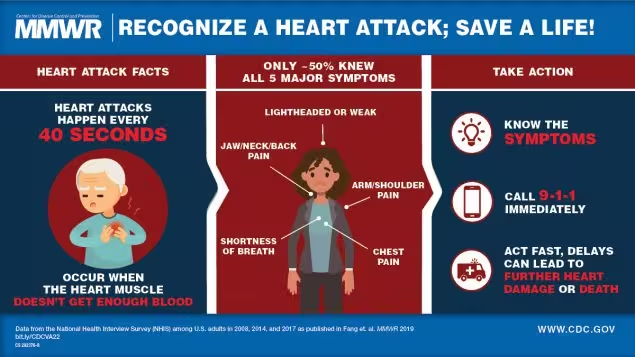3 Minutes
Most major cardiovascular events trace to four modifiable risks
A large-scale analysis of health records from more than 9 million adults in South Korea and the United States found that nearly every case of a major cardiovascular event—heart attack, stroke or heart failure—was preceded by one or more of four common, modifiable risk factors. The factors identified were high blood pressure (hypertension), elevated cholesterol, high blood sugar (hyperglycemia) and tobacco smoking (current or past).
Combined, these cardiometabolic risk factors preceded 99 percent of cardiovascular events during long-term follow-up. Even among women under 60—the group with the lowest incidence—over 95 percent of heart attacks or strokes were linked to at least one of these conditions. High blood pressure was the most prevalent: in both national cohorts, more than 93 percent of people who later experienced a heart attack, stroke, or heart failure had hypertension documented beforehand.
Scientific context and study implications
The study reinforces longstanding evidence that common, treatable conditions drive most severe cardiovascular outcomes. Hypertension, high cholesterol and elevated blood glucose contribute to atherosclerosis (plaque buildup in arteries) and vascular damage; tobacco smoke accelerates these processes and increases clotting risk. Controlling these factors is central to preventing heart disease and stroke.
"We think the study shows very convincingly that exposure to one or more nonoptimal risk factors before these cardiovascular outcomes is nearly 100 percent," said cardiologist Philip Greenland of Northwestern University. He emphasized that public health and clinical efforts should prioritize detection and management of these modifiable risks rather than searching for rare, noncausal drivers.
The study authors note their results challenge claims that sudden cardiovascular events without preceding risk factors are becoming more common. They suggest earlier research may have missed subclinical risk, undiagnosed conditions, or risk levels below traditional diagnostic thresholds.

Imminent signs of a heart attack. (CDC)
Prevention, clinical action, and public-health priorities
Effective prevention strategies include routine blood pressure screening, cholesterol and blood-glucose monitoring, tobacco cessation programs, and lifestyle interventions (diet, physical activity, weight management). For many patients, medications—antihypertensives, statins, and glucose-lowering therapies—play a critical role in risk reduction.
Duke cardiologist Neha Pagidipati, writing in an accompanying editorial, stressed the public-health message: managing these health risks early reduces the chance of fatal or disabling outcomes. For clinicians and policy makers, the takeaway is clear—scaling access to screening, affordable medications, and smoking-cessation resources should remain a priority to reduce population-level cardiovascular disease.
Conclusion
This evidence-based analysis underscores that most catastrophic heart events are preceded by identifiable, modifiable risk factors. Prioritizing detection and control of hypertension, high cholesterol, high blood sugar, and smoking could prevent the vast majority of heart attacks, strokes and related heart failure events worldwide.
Source: sciencealert


Leave a Comment